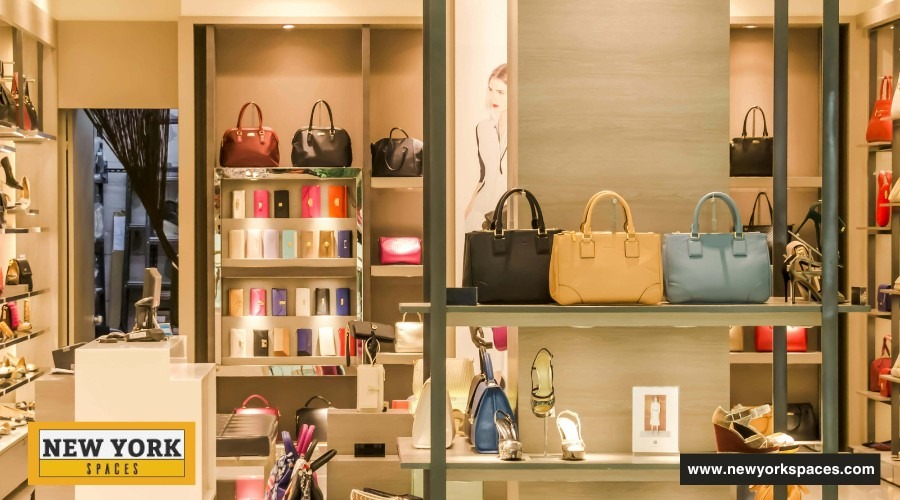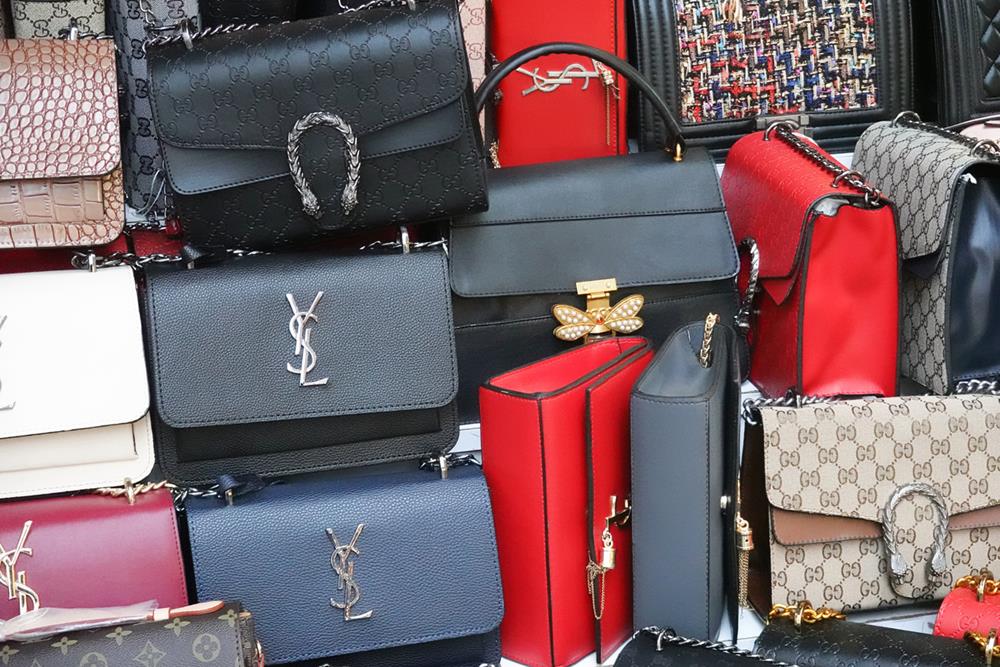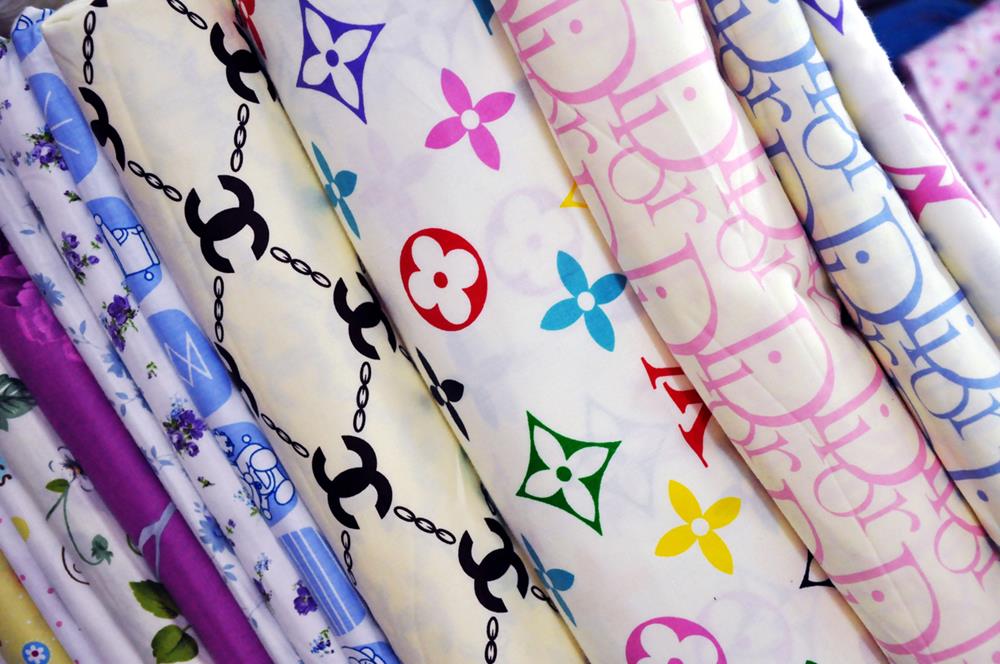Hello, dear readers! Imagine walking through the streets of New York City, the unofficial fashion capital of the world. You’re surrounded by the latest trends and designs, some of which, surprisingly, come with price tags too good to be true. That’s because they often are. Today, we’re unraveling the complex world of counterfeit fashion in NYC and the innovative measures being taken to fight it. Join me on this eye-opening journey into the heart of the issue.
The Scale of Counterfeit Fashion in NYC
Did you know that counterfeit fashion is not just a local problem but a global headache? In the bustling lanes of NYC, this issue takes on a whole new dimension. Imagine millions of dollars lost, not just by big-name brands but also by local artisans and the economy. It’s a shadowy side of the shiny fashion world that affects everyone involved, from the designer to the consumer.
New York City’s Legal Framework Against Counterfeit Fashion
Fashion is a world of glitter and glamour, but there’s a not-so-shiny side to it that New York City is tackling head-on: counterfeit fashion. Let’s dive into the city’s legal arsenal and the battles it has fought to keep fashion authentic and original.
Overview of Laws and Regulations
Imagine a rulebook designed specifically to protect the creative heartbeats of the fashion world. That’s what NYC’s legal framework against counterfeit fashion is like. It’s a mix of state and federal laws that work together like a well-coordinated outfit.
- Trademark Laws are the superheroes defending a brand’s unique identity, ensuring that the logo or design you love remains one of a kind.
- Copyright Laws: Like a warm scarf protecting an artist’s original designs, copyright laws keep fashion creations safe from unauthorized copying.
- Customs and Border Protection: Think of this as the city’s fashion bouncers. They’re on the front lines, stopping counterfeit goods from entering the market.
This framework isn’t just about penalties; it’s about prevention. By setting clear rules, NYC creates a safer environment for both creators and consumers in the fashion ecosystem.
Key Legal Battles and Their Outcomes
Now, let’s talk about the courtroom dramas where fashion and law collide. These legal battles are more than disputes; they’re stories of defending creativity and integrity in the fashion world.
- The Case of the Copycat Handbags: In a landmark case, a famous designer brand took legal action against a manufacturer producing knock-off handbags. The outcome? It was a victory for the designer brand, with damages awarded in the millions. This case sent a clear message: counterfeit is not a compliment.
- The Sneaker Scuffle: A popular sneaker brand found itself toe-to-toe with counterfeit operations selling fake versions of its iconic shoes. The legal battle ended with a win for the sneaker brand, leading to a massive recall of the counterfeit sneakers. It was a step forward in the fight against fake fashion.
Through its robust legal framework and readiness to engage in key legal battles, New York City stands as a formidable guardian of fashion’s integrity. This commitment not only protects the industry’s creative and economic interests but also assures consumers that their favorite styles are genuine, ethical, and worth every penny.
Enforcement Efforts and Challenges
In the heart of New York City’s battle against counterfeit fashion, some heroes don’t wear capes but badges and suits. These are the local and federal agencies dedicated to curbing the flood of fake fashion. But as with any good story, our heroes face significant challenges.
The Role of Local Law Enforcement and Federal Agencies
Imagine the streets of New York as a vast network of fashion outlets, from high-end boutiques to bustling street markets. In this maze, local law enforcement and federal agencies play a crucial role, acting as the guardians of authenticity.
- Spot Checks and Raids: Teams conduct surprise inspections and raids on stores and warehouses suspected of selling counterfeit goods, seizing fakes before they reach unsuspecting shoppers.
- Collaborations: These enforcers often team up with brand representatives, using their expertise to spot fakes among genuine articles.
- Education Programs: They also run workshops and programs aimed at educating retailers and consumers about the dangers and legal consequences of dealing in counterfeit fashion.
Challenges Faced in Identifying and Prosecuting Counterfeiters
But it’s not all smooth sailing. The path to justice is fraught with obstacles:
- The sophistication of Fakes: With advancements in technology, counterfeit goods are becoming increasingly difficult to distinguish from the real deal, making the task of law enforcement much harder.
- Legal Hurdles: Prosecuting counterfeiters can be a legal maze, with the need for solid evidence and the challenge of navigating international jurisdictions.
- Underground Networks: Many counterfeit operations are run by elusive networks that are hard to trace and dismantle, often requiring complex, time-consuming investigations.
The Impact of Online Marketplaces and Social Media on Counterfeit Sales
Enter the digital age, where the challenge of combating counterfeit fashion takes on a new dimension. Online marketplaces and social media platforms have become the new frontier for counterfeit sales, offering counterfeiters anonymity and a vast audience.
- Anonymity for Sellers: The internet allows sellers to hide behind fake profiles and encrypted messages, making it difficult for law enforcement to track them down.
- Global Reach: Online platforms give counterfeiters access to a worldwide market, multiplying the challenge of curbing their activities.
- Consumer Confusion: The polished appearance of online listings makes it harder for buyers to differentiate between authentic and counterfeit goods, increasing the risk of accidental purchases of fake items.
The battle against counterfeit fashion in New York City is a dynamic and ongoing effort. Local law enforcement and federal agencies are the frontline warriors facing off against sophisticated counterfeit operations. The digital era adds another layer of complexity, transforming the fight into a global challenge. Yet, amidst these hurdles, the dedication of these enforcers shines through, reminding us of the value of authenticity and the importance of protecting the integrity of fashion.
Collaborations and Initiatives
The fight against counterfeit fashion isn’t a solo mission. It’s a team effort that brings together the creativity and power of the fashion industry, the authority of government bodies, and the passion of non-profit organizations. Together, they’re crafting a world where authenticity isn’t just celebrated—it’s protected.
Partnerships That Make a Difference
Imagine a bridge connecting the islands of fashion, government, and non-profits. This bridge is built on shared goals:
- Fashion Industry and Law Enforcement Joint Ventures: These partnerships focus on sharing knowledge and resources to spot and stop counterfeit goods more effectively.
- Non-Profits Working with Designers: Non-profit organizations collaborate with designers to raise public awareness about the impact of counterfeit goods on the industry and the economy.
Educating Consumers
In the digital age, information is key. Here are some ways these collaborations are empowering consumers:
- Workshops and Seminars: Free sessions for the public on how to identify fake products, often featuring insights from fashion insiders.
- Social Media Campaigns: Using the power of social media to spread awareness through engaging content and real stories of counterfeit busts.
The Role of Technology in Combatting Counterfeit Fashion
Technology is turning the tide in the battle against counterfeit fashion. It’s like giving a superhero new gadgets to fight crime more effectively.
Innovations Leading the Charge
- Blockchain: This technology creates a secure, unchangeable record of every product, from creation to sale, making it almost impossible to pass off fakes as real.
- Artificial Intelligence (AI): AI tools analyze patterns and data to identify counterfeit operations online, shutting down fake listings before they can harm consumers.
Tracking and Verification
- QR Codes and NFC Tags: These tools give each genuine product a unique digital identity, allowing consumers to verify their purchases with a simple scan.
Consumer Awareness and Responsibility
In the world of fashion, knowledge is not just style—it’s defense. Educating consumers is a crucial front in the fight against counterfeit goods.
Strategies to Enlighten
- Clear Labeling: Encouraging brands to provide clear, accessible information about how to verify the authenticity of their products.
- Public Awareness Campaigns: Using stories and real-life examples to show the consequences of buying counterfeit goods, not just for consumers but for the wider world.
Making Smart Choices
Every purchase is a vote for the kind of fashion world we want to live in. Here are some tips:
- Research Before Buying: Take the time to check the authenticity of products, especially when shopping online.
- Support Authenticity: Choose to buy from official retailers and trusted sources.
Future Outlook
Looking ahead, the path is clear: the fight against counterfeit fashion needs continuous innovation, collaboration, and commitment.
Legislative and Technological Horizon
- Upcoming Laws: New regulations that could make it harder for counterfeit goods to enter the market and easier for consumers to identify genuine products.
- Tech Advancements: From more sophisticated AI detectors to blockchain enhancements, the future tools against counterfeit fashion look promising.
Conclusion
As we wrap up our exploration of the fight against counterfeit fashion, it’s clear that this battle is about more than just protecting designs; it’s about safeguarding creativity, innovation, and trust within the fashion industry. Through the combined efforts of law enforcement, technological advances like blockchain and AI, and the crucial role of consumer awareness, we’re witnessing a transformative era where authenticity prevails over imitation.
The future looks promising, with potential legal reforms and tech advancements poised to fortify this fight even further. But remember, every choice we make as consumers casts a vote for the world of fashion we wish to see—a world where originality shines and the true value of design is recognized and respected.



